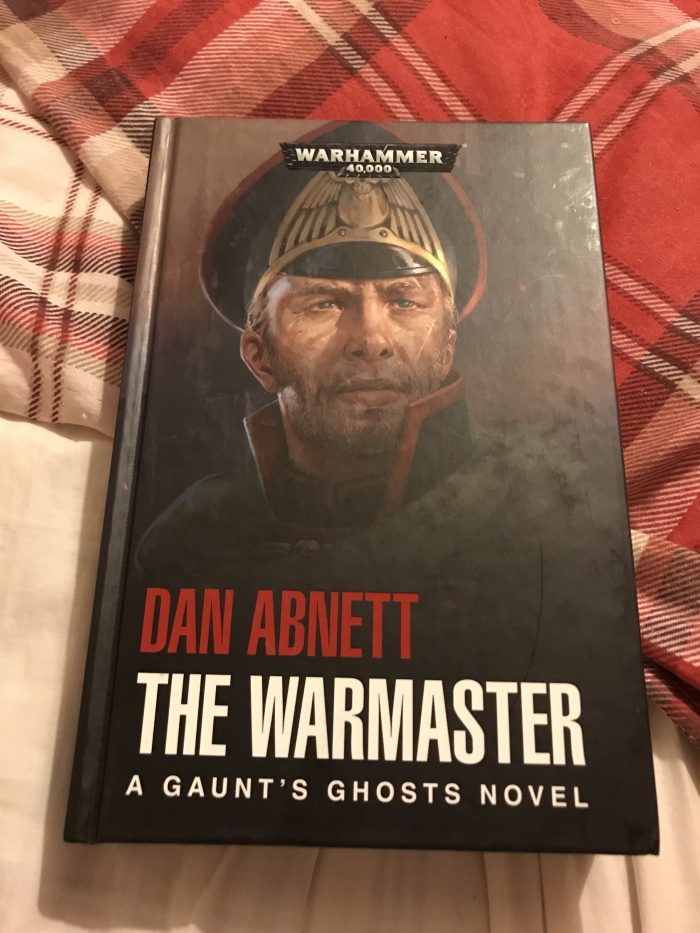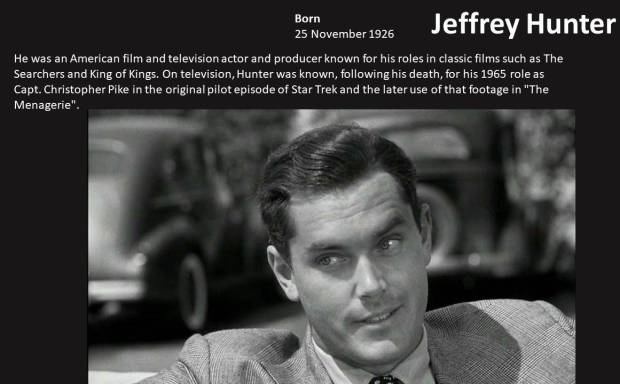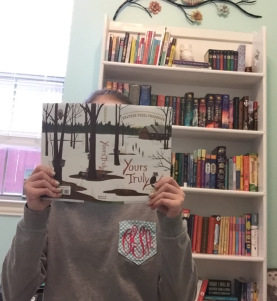Hey, Sky Fans!
Happy seventh night of Hanukkah! The menorah is filling up fast. Here’s number 2 in this year’s Hanukkah count down of the TOP EIGHT (POSSIBLE) DWARF PLANETS!
Dwarf planets are Solar System objects, planemos, if you like, that orbit the Sun directly, and are big enough to be in {booming radio voice} hydrostatic equilibrium. That is, they’re massive enough to be more or less round. Unlike the eight major planets, though, dwarf planets don’t have the gravitational… oomph (sorry for the jargon) to clear their orbit of other assorted astrojunk.
The main difference between dwarf planets and minor planets is that roughly spherical shape. Minor planets are small objects that directly orbit the Sun, but they can be lumpy and weirdly shaped. These are asteroids, the grains of sand that could be part of a meteor shower, stuff like that.
There are quite a few possible dwarf planets, and five that have been accepted by the International Astronomical Union (IAU) as likely. Just because they’re not accepted, doesn’t mean they’re not worth talking about.
From far away in the deep end of the Solar System, it’s time to turn around and start heading in toward more familiar things, where things are just a litte brighter and just a little warmer.
#2: Pluto!Back in the early 1900s, Percival Lowell, who was the founder of the Lowell Observatory in Flagstaff, Arizona, started hunting for an object that was beyond the orbit of Neptune; another planet. The thinking was there had to be something out there; something whose gravity was tugging on Neptune and Uranus and putting them in places the math they had didn’t say they should be. It took neary 30 years, but Clyde Tombaugh found this new planet, Pluto, in February 1930.
Pluto was the first Trans-Neptunian Object found. These are all of the objects that orbit the Sun beyond the orbit of Neptune, farther than 30 AU (about 4.5 billion miles / 2.75 billion miles), where the Kuiper Belt begins. It’s the biggest, but not the most massive object found out there. The most massive is our #4 dwarf planet, Eris.
Did any of you ever have an old map of the solar system hanging on your wall when you were a kid, like I did? I can still picture mine. The planets were bright and colorful, and their sizes were to scale with each other. I remember seeing Pluto out there, way beyond Neptune, tiny and mysterious alongside it, and grey, with an even smaller grey dot next to it, its moon Charon. It was so obviously different than the rest. It kind of seems strange that we ever thought of it the same way as the others at all. It’s easy to look back, though, and change history.
I have to admit, because of that mystery, I was kind of nervous about what New Horizons would find. I was excited, but if you remember what Voyager 2 saw of Uranus, it was kind of flat and uninteresting. I didn’t want Pluto to turn out to be disappointing, too. I figured I’d just as soon not know.
But, just like we’ve learned Uranus is actually really interesting, my worries about Pluto quickly vanished. We were shocked to learn that it’s covered slushy seas of water ice, and other exotic ices and is new in some places and older in others. It’s churning and roiling and alive. As the photos and the news came in, little by little, even long before New Horizons flew through in July 2015, I couldn’t look away.
It’s pretty amazing that the scientists involved with the New Horizons program were able to launch a rocket and get it to a spot in space four billion miles away, where a tiny ball of ice would be, nine and a half years before it got there. But they did it.
Out there in the dark, Pluto takes about 248 Earth years to make it around the block once. That means it’s only made it about a third of an orbit since it was discovered. It’s not alone, though. It’s travelling with four very small Moons: Kerberos; Styx, Nix; and Hydra. Hydra’s the biggest of the small ones. It’s not round and only about 45 km / 27 miles across on average.
Charon, Pluto’s biggest Moon, is much bigger. It’s about 1200 km / 750 miles across, which is about half Pluto’s diameter. That’s so big that they two spend their time in an interesting dance.
 Pluto & Charon (from NASA)
Pluto & Charon (from NASA)
First, because they’re so close in size, their barycenter — their common center of gravity — is outside Pluto, rather than within it, as it is with Earth and the Moon. This means they both spin and wobble around a common point partway between them.
Also, they’re tidally locked to each other. That means their gravity has slowed each other down to the point that they always show each other the same face. Here on Earth, we always see the same side of the Moon, but on the Moon, the Earth rotates away in the sky. Not so on Pluto.
They’re forever facing each other, like the ends of a giant spinning dumbell in space.
After it sped past Pluto, New Horizons headed off to another object 2014 MU69, which it will reach in 2019. What will we find there? Missions like these help us learn more about ourselves and where we’re going, and its missions like these that will help us go even farther than we’ve already come. Here we were again, exploring the doorstep to the stars.
Thanks for reading so far and tune in for the big finale tomorrow! Here’s to you, Pluto! Have a great night, and clear skies!
-=-
When you have a minute, please read the rest on this year’s list:
Advertisements Share this:






